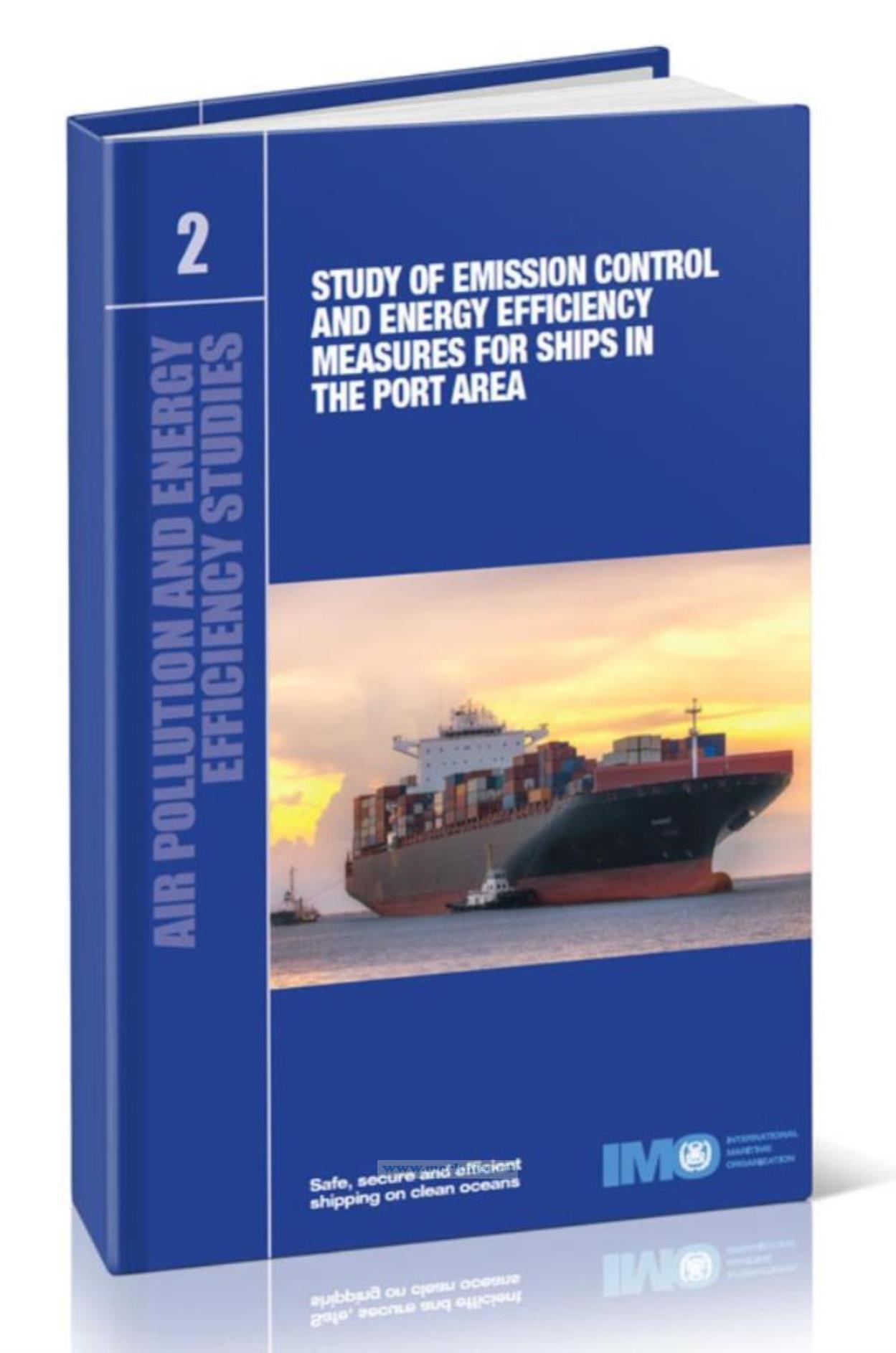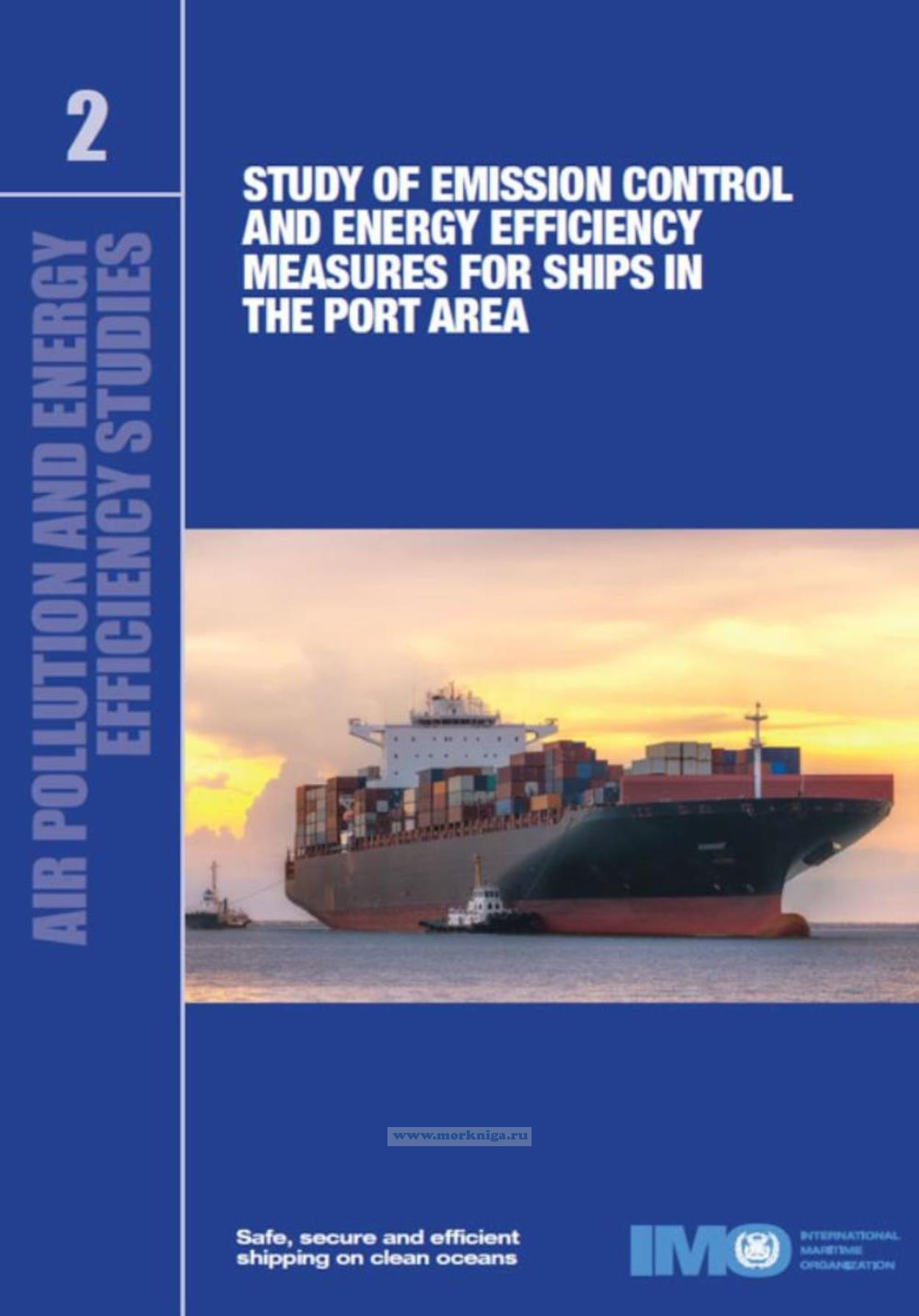Study of Emission Control and Energy Efficiency Measures for Ships in the Port Area/Изучение мер по контролю за выбросами и энергоэффективности для судов в районе порта
Издание на английском языке
This study of emission control and energy efficiency measures for ships in the port area was prepared by an international consortium led by Starcrest Consulting Group, LLC and the work was carried out by a consortium with the organizations and individuals working in partnership, listed below.
Contents
Preface
Acknowledgements
List of abbreviations and acronyms
List of figures
List of tables
Executive Summary
Concept of a sustainable maritime transportation system
Objectives of the study
Target audience
Methodology
ECEEMs
Existing ECEEMs
Cost considerations
Future ECEEMs
Drivers, barriers and implementation
Environmental challenges
Drivers
Barriers
Implementation methods
Key findings
1 Introduction
1.1 Study
1.2 Report framework
1.2.1 Key concepts
1.2.2 Considerations
1.2.3 Stakeholders
1.2.4 Stakeholder surveys
1.3 Document structure
Section 2: ECEEMs
Section 3: Drivers, Barriers and Implementation
Section 4: Summary and Findings
2 Emission Control and Energy Efficiency Measures
2.1 Existing ECEEMs
2.1.1 Equipment
2.1.2 Energy
2.1.3 Operational
2.2 Existing ECEEM cost considerations
2.2.1 General cost considerations for ECEEMs
2.2.2 I ncremental cost considerations from the perspectives of key stakeholders
2.2.3 Beyond project costs: assessing abatement costs and effectiveness from the public standpoint
2.2.4 Examples of reported costs associated with ECEEM projects with references
2.3 Future ECEEMs
3 Drivers, Barriers and Implementation
3.1 Environmental challenges
3.2 Drivers
3.2.1 Ship owners and operators
3.2.2 Ports authorities and terminal operators
3.2.3 Equipment manufacturers
3.2.4 Regulatory agencies and NGOs
3.2.5 World regional differences of drivers
3.3 Barriers
3.3.1 Ship owners and operators
3.3.2 Ports authorities and terminal operators
3.3.3 R egulatory agencies and NGOs
3.3.4 Equipment manufacturers
3.4 Implementation methods
3.4.1 Uptake of instruments by the various stakeholders
3.4.2 Regulation and standards
3.4.3 Financial incentive schemes and voluntary instruments
3.5 Discussion on the instruments’ effectiveness
3.5.1 Voluntary instruments and corporate social responsibility
3.5.2 R egulations and standards
3.5.3 Financial incentive schemes
3.6 Measuring and reporting effectiveness of measures and instruments
4 Conclusions
4.1 Discussion
EECMS
Drivers/challenges
Barriers
Instruments
4.2 Key Findings
4.3 Recommendations
Annex 1 – Sample Stakeholder Questionnaires
Questionnaire for port authorities and private terminals
Questionnaire for ship owners
Questionnaire for emissions reduction technology manufacturers/vendors and related associations
Questionnaire for regulators, trade associations and NGOs
Annex 2 – ECEEM Details
Existing ECEEMs
Future ECEEMs
Annex 3 – Case Studies

